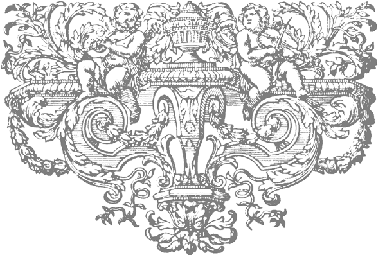![]()
A Franco-Flemish double-manual harpsichord,
![]()
Detail of the case cheek decoration
The outside
of the cheek, bentside and tail are decorated with paintings of putti or cupids
engaged in various amorous pursuits which, collectively, might be called The
Triumph of Love.
Here they can be seen sharpening their arrows in preparation for
shooting some hapless victim and sending him or her into swoons of ardent
desire. Other scenes show similar
figures engaged, firstly, in target practice and, finally, returning from the
hunt with their chosen victim pulled along in a chariot.
The painting has been done in oil, and is painted on a ground of thick gold leaf. This type of decoration was known in the eighteenth-century as ‘vernis martin’ after the Martin brothers who invented and developed this luxurious type of furniture decoration. The putti a remarkably similar to a number of paintings by Boucher in various museums and galleries throughout Europe and North America.
![]()
the painting of the Bentside putti
Click here for details about the putti
